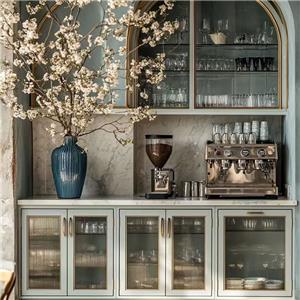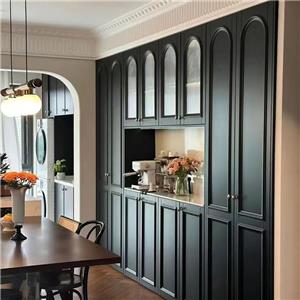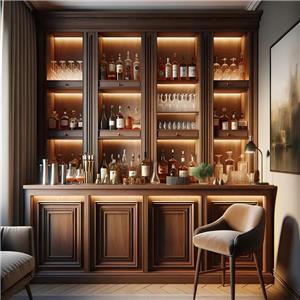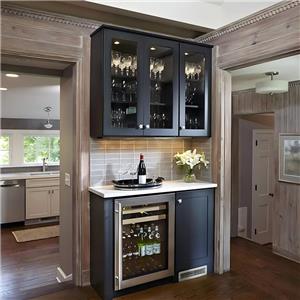How to make kitchen cabinets? What is the manufacturing process?
Kitchen cabinets are not only important facilities for home cooking, but also an important part of reflecting family style and taste. So, how is a high-quality kitchen cabinet made? What is the manufacturing process?
This article will introduce the manufacturing process of kitchen cabinets in detail. From the selection of raw materials to the installation of finished products, every step is crucial.
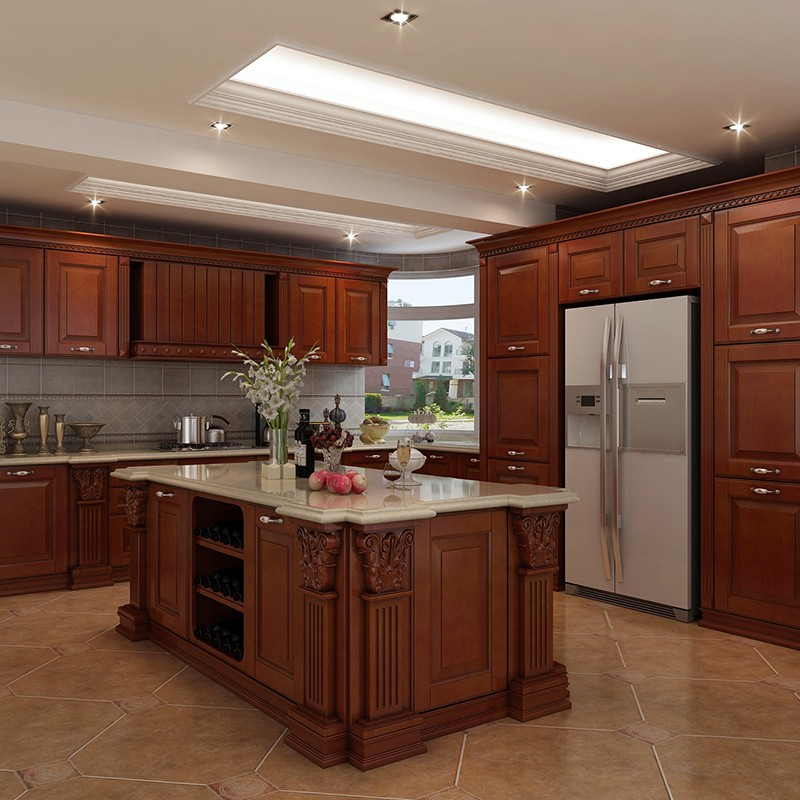
How to make kitchen cabinets?
The process of making kitchen cabinets: selection of raw materials (selection of wood → selection of surface materials → selection of auxiliary materials), design and measurement (demand communication → on-site measurement → design plan), board processing (board cutting → edge banding → drilling and grooving), surface treatment (grinding → surface coating), assembly and installation (pre-assembly → transportation → on-site installation), quality inspection and acceptance (quality inspection → customer acceptance), after-sales service (after-sales guarantee → use guidance).
Selection of raw materials
1. Selection of wood:
The first step in making kitchen cabinets is to choose the right wood. Commonly used woods are solid wood, composite boards and particle boards. Solid wood cabinets have good texture and long life, but the price is relatively high; composite boards and particle boards have the characteristics of high cost performance and strong stability, which are suitable for mass consumers.
2. Surface materials:
Surface materials determine the appearance and durability of the cabinets. Commonly used surface materials include PVC film, acrylic, UV paint and solid wood veneer. Different surface materials have different visual effects and durability. For example, PVC film is wear-resistant and moisture-proof, acrylic has high gloss, and UV paint is environmentally friendly and durable.
3. Auxiliary materials:
Some auxiliary materials are also required in the cabinet manufacturing process, such as hardware, glue, edge banding, etc. Hardware includes hinges, handles, slides, etc. Their quality directly affects the service life and experience of the cabinet. Glue is used to bond the board, and edge banding is used to protect the edge of the board to prevent moisture and stains from invading.
Design and measurement
1. Demand communication:
Before manufacturing the cabinet, detailed demand communication with the customer is required. Understand the customer's usage habits, kitchen layout and decoration style in order to design a cabinet solution that meets their needs.
2. On-site measurement:
On-site measurement is carried out according to the kitchen size and layout provided by the customer to ensure the accuracy of the design plan. This step is crucial, and any measurement error may cause the cabinet to be unable to be installed perfectly.
3. Design plan:
The designer draws the cabinet design plan according to the customer's needs and on-site measurement results. Including the size, layout, internal structure and appearance design of the cabinet. After the design plan is determined, the customer needs to confirm and sign.
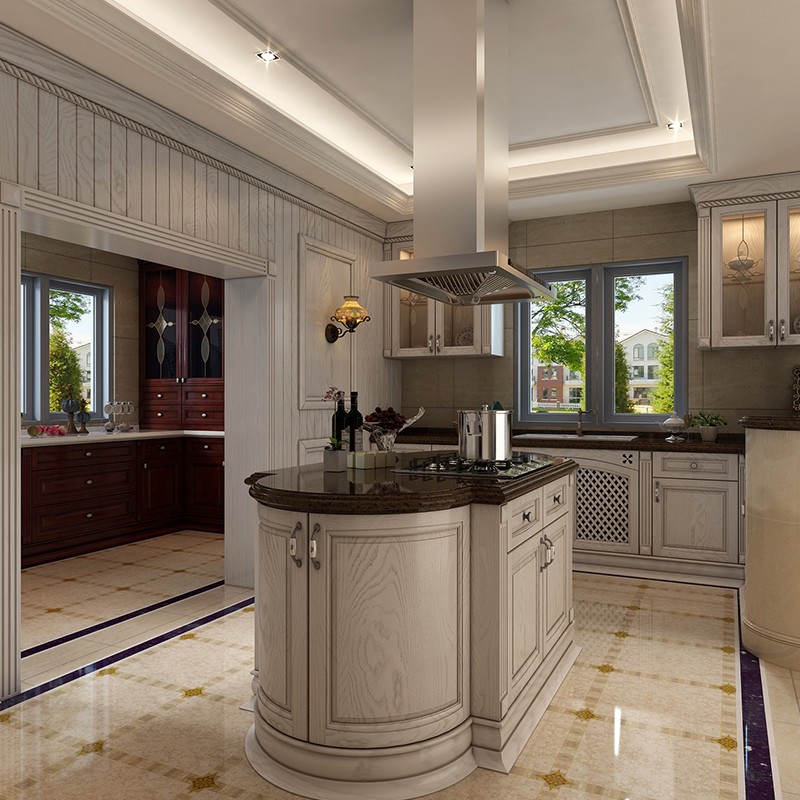
Board processing
1. Board cutting:
The selected board is cut according to the design plan. Cutting requires high-precision equipment, such as CNC cutting machines, to ensure that the size of each board is accurate and the cut is smooth.
2. Edge banding:
After the board is cut, it needs to be edge banded. Edge banding can protect the edge of the board, prevent moisture and stains from invading, and improve the aesthetics of the cabinet. Edge banding is usually performed by an edge banding machine to ensure that the edge banding strip fits tightly with the board.
3. Drilling and slotting:
According to the design plan, the board is drilled and slotted. This step is usually performed in a CNC machining center to ensure the accuracy of the hole and slot positions. Drilling is used to install hardware, and slotting is used for splicing and fixing of boards.
Surface treatment
1. Grinding:
After the board is processed, it needs to be polished to ensure a smooth surface. Grinding is usually done with a grinder, and manual grinding is used for detail processing.
2. Surface coating:
According to customer requirements, the board surface is coated. Coating includes spray painting, film laminating and baking varnish. Spray painting and baking varnish can improve the durability and aesthetics of the board, while film laminating is used to achieve specific visual effects.
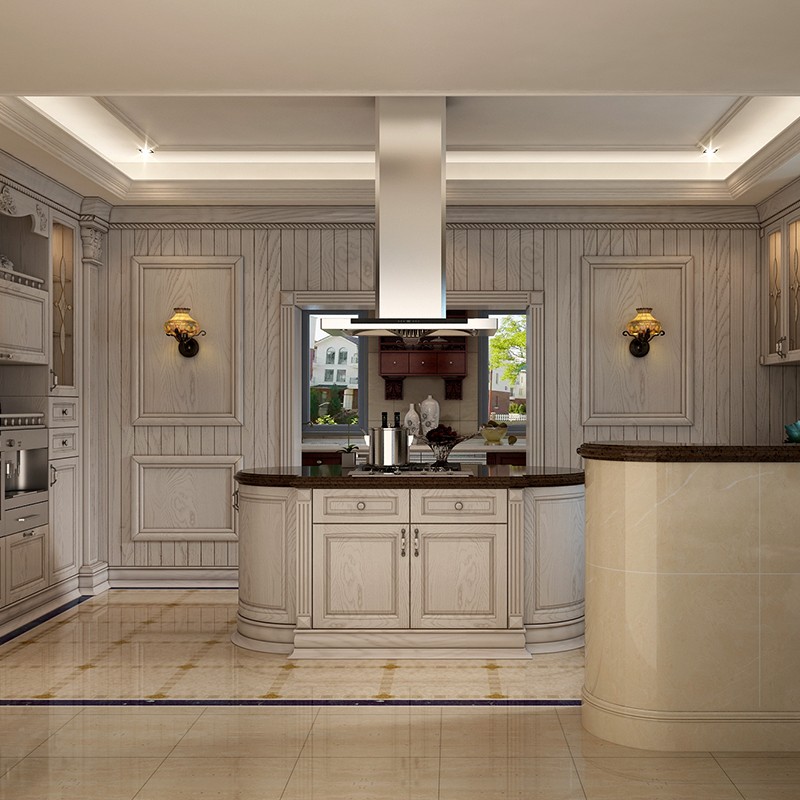
Assembly and installation
1. Pre-assembly:
Pre-assembly is performed in the factory, and the various board components are spliced together, and hardware and accessories are installed to ensure that the cabinet structure is stable and fully functional. Pre-assembly can test the overall effect and quality of the cabinet to avoid problems during on-site installation.
2. Transportation:
After pre-assembly, the cabinet components are packaged and transported. The packaging needs to be tight to prevent damage during transportation. Careful handling during transportation ensures that the cabinet components are intact.
3. On-site installation:
The cabinet components are shipped to the customer's home for on-site installation. Installation requires professional installers to ensure that every part of the cabinet can be perfectly spliced together. Attention should be paid to details during the installation process, such as horizontal adjustment, gap processing and stable fixing.
Quality inspection and acceptance
1. Quality inspection:
After the cabinet is installed, quality inspection is required. Inspection includes appearance inspection, functional test and structural inspection. Appearance inspection ensures that there are no scratches or damage on the surface of the cabinet, functional test ensures that the door panels and drawers open and close smoothly, and structural inspection ensures that the cabinet is stable and not loose.
2. Customer acceptance:
After the quality inspection is completed, the customer will conduct acceptance. During the acceptance, every detail of the cabinet needs to be carefully checked to ensure that it meets the design plan and quality standards. After the acceptance is passed, the customer signs and confirms, and the cabinet manufacturing process is completed.
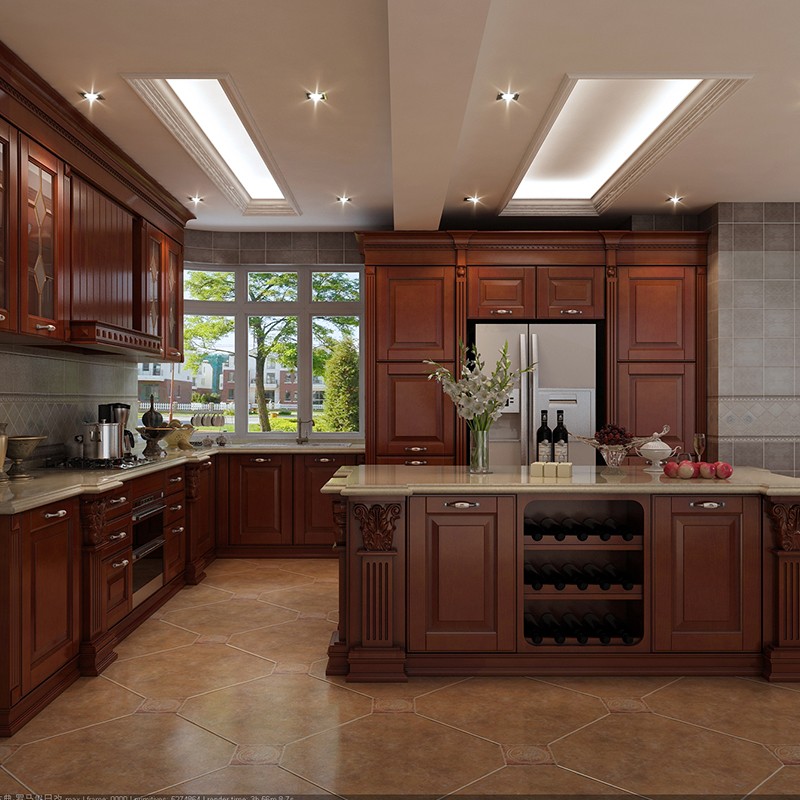
After-sales service
1. After-sales guarantee:
High-quality kitchen cabinet brands usually provide complete after-sales service, including warranty, repair and maintenance. During the warranty period, if there are quality problems with the cabinet, the manufacturer provides free repair services; outside the warranty period, the manufacturer provides paid repair and maintenance services.
2. Usage Guide:
Manufacturers usually provide customers with instructions on how to use the cabinets correctly, how to perform daily maintenance and precautions. Proper use and maintenance can extend the service life of the cabinets and maintain their beauty and functionality.
Conclusion of Manufacturing Kitchen Cabinets
The manufacturing of kitchen cabinets is a complex and delicate process, and every step is crucial. From the selection of raw materials to the installation of finished products, every link requires strict quality control and fine craftsmanship. Only in this way can high-quality kitchen cabinets be manufactured to meet customer needs and expectations.
When choosing kitchen cabinets, consumers can choose brands that pay attention to details and quality according to the above manufacturing process to ensure that they buy satisfactory products.

